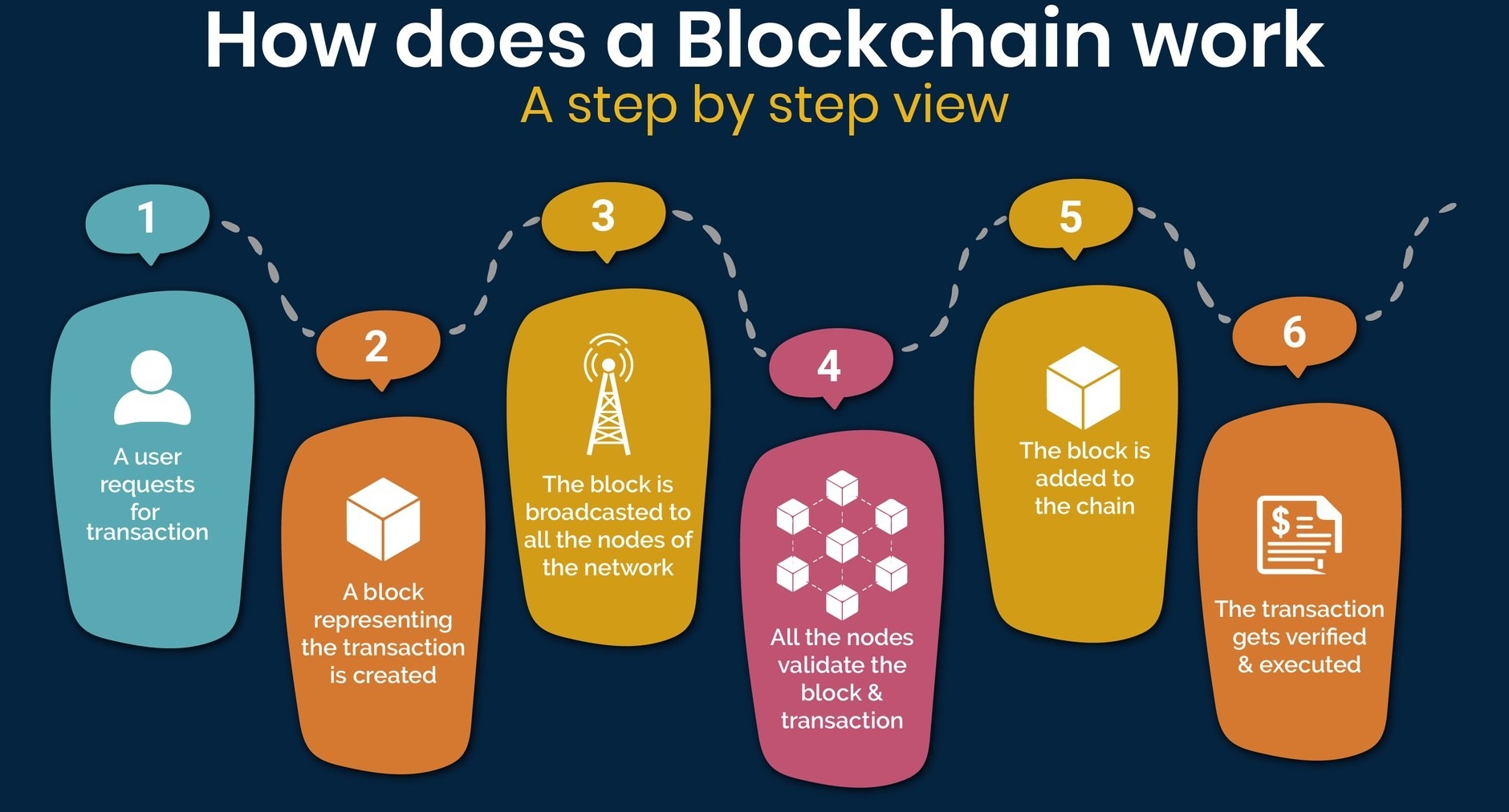Unlocking the Potential of Blockchain Applications
How Blockchain Technology Can Be Used in Web Applications
Blockchain has become a popular technology in recent years due to its potential to revolutionize the way we store, transfer, and manage digital assets. As technology evolves, blockchain-based protocols are being developed for a wide range of applications, and web applications are no exception. From improving online security to enabling new types of transactions, blockchain technology offers a variety of ways to enhance web applications. Here’s a closer look at some of the ways it can be used.

Secure Data Storage
One of the most promising uses for blockchain technology is to improve the security of online data storage. Rather than relying on a central server, which can be vulnerable if hacked or corrupted, blockchain-enabled applications can decentralize and distribute data across multiple nodes. This eliminates single points of failure and makes it much harder for attackers to compromise stored information.
Smart Contracts
Smart contracts are self-executing agreements that are based on the blockchain. They allow parties to write conditions into the code of an agreement so that when certain conditions are met, the contract will automatically execute itself. This eliminates the need for third parties to verify or enforce the terms of the agreement, reducing overhead and eliminating the risk of counterparty default.
Digital Assets
Blockchain-based web applications can also be used to create digital assets, such as tokens or cryptocurrencies. These digital assets can be bought, sold, and exchanged using the platform, allowing users to easily participate in the digital economy. This could open up a variety of use cases, including crowdfunding campaigns, tokenized investments, and much more.
Identity Management
Many web applications require users to sign up and create accounts, but this information is often stored on a central server, making it possible for attackers to gain access. By leveraging the distributed nature of blockchain technology, developers can create systems for secure identity management that protect users’ personal information and prevent it from being accessed by unauthorized parties.
Data Sharing
Many applications involve sharing data between different parties, but the process of ensuring that all parties have the same version of the data can be cumbersome and error-prone. With blockchain-based applications, the ledger of transactions is shared across all participants, allowing everyone to maintain a consistent view of the data.
Conclusion
As technology continues to evolve, blockchain-based web applications are becoming increasingly commonplace. From securing data storage to enabling new forms of transactions, these applications offer a number of potential benefits for businesses and consumers alike. If you’re looking to build a web application, consider exploring how blockchain technology could help you achieve your goals.

